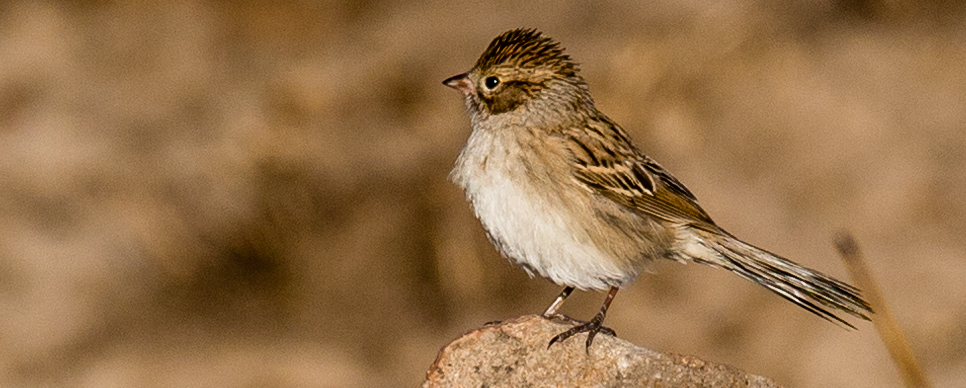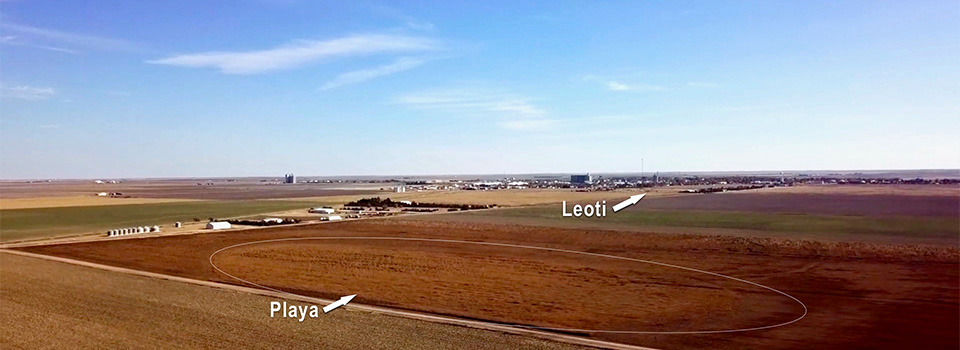Many are asking what the recent ruling on the Greater Sage-Grouse means for the future of conservation in the sagebrush sea. The answer: the same as what preceded this recent landmark decision – an overwhelming commitment to science, voluntary, incentive-based implementation, and partnership to benefit this iconic bird, the sagebrush ecosystem, and other species that rely on sage. This past work now leads the Intermountain West Joint Venture (IWJV) to spearhead important research for birds that depend on sagebrush.

A key study entitled Bird Responses to Removal of Western Juniper in Sagebrush Communities has just been completed by Dr. Aaron Holmes, biologist with Northwest Wildlife Science LLC and research associate with Point Blue Conservation Science. The purpose of the study was to evaluate how conifer removal for sage grouse in the Warner Mountains of southern Oregon may benefit sagebrush-dependent songbirds. Read more here from the researcher’s perspective about the importance of this study and its findings.
IWJV: Why was this research started?
Dr. Holmes: Removing juniper has been an increasingly common management action throughout central and eastern Oregon. The goal of this study was to gather information on as many bird species as we could and generate estimates of how their numbers are influenced by large-scale juniper removal projects. We employed a chronosequence approach – substituting space for time – that allowed us to look at bird abundance at sites that have not yet been cut as well as sites that were in their first, second, or third nesting season following juniper removal.
IWJV: What are the primary outcomes of the study?
Dr. Holmes: From a conservation point of view we learned that several bird species populations that are of high conservation concern increase dramatically with juniper removal. Specifically, the Brewer’s Sparrow abundance increased by +55% and Green-tailed Towhee jumped +81% by the third nesting season following juniper removal.
IWJV: Did any of your findings surprise you?
Dr. Holmes: We had a pretty good idea how these species use the landscape – and generally expected a decrease in woodland associated birds and increases in shrub and ground nesting birds. What is novel, however, was such a fast response to these treatments. This was especially encouraging with the species of conservation concern. In Oregon, long-term monitoring by the Breeding Bird Survey has shown that Brewer’s Sparrow have declined by an estimated 60% and Green-tailed Towhee by 64% since the mid 1960s. Gray Flycatcher decreased by -78% inside cuts, which is an expected outcome given their habitat preference, tracking with population increases that have corresponded with juniper invasion over time.
IWJV: How will these outcomes guide management?
Dr. Holmes: Ultimately, this work should and will be replicated in other landscapes. One goal is to develop decision support tools that will allow land managers to make predictions about changes in bird populations based on different types of management actions. For example, such a tool could help a manager decide which management practices to use when implementing habitat restoration for a specific bird species. For projects on public lands that require environmental impact statements or assessments data on specific species, the information from this study will assist planners in designing projects.
This project was funded by the Bureau of Land Management, U.S. Fish and Wildlife Service, and the IWJV. A formal peer-reviewed article on this study is expected to be published in Journal of Rangeland Ecology. For a brief, applied synthesis of this research, please see Science to Solutions: Sagebrush Songbirds Benefit from Sage Grouse Habitat Restoration.
For conservation to succeed in the sagebrush ecosystem, partners will need continued investments in applied science to target conservation investments and evaluate outcomes of conservation practices. As Secretary of the Interior Sally Jewell stated last month, the “epic collaborations” of the sage grouse efforts represent a new model for conservation in America. The IWJV, in collaboration with the Sage Grouse Initiative (SGI) and other partners, will continue to advance and support science for on-the-ground practitioners and land managers.
“SGI has matured into a primary catalyst for sagebrush conservation across the West,” said Dr. Dave Naugle, Science Advisor for SGI. “With strong science guiding our management practices, we and our partners are continuing to conserve and restore sagebrush habitats for hundreds of species at a rate that hasn’t been seen before. SGI 2.0 is our game plan to continue this progress well into the future.”
—–
The post Sagebrush Songbirds, a Barometer of Restoration Effectiveness first appeared on IWJV.org and is reprinted here with permission.





